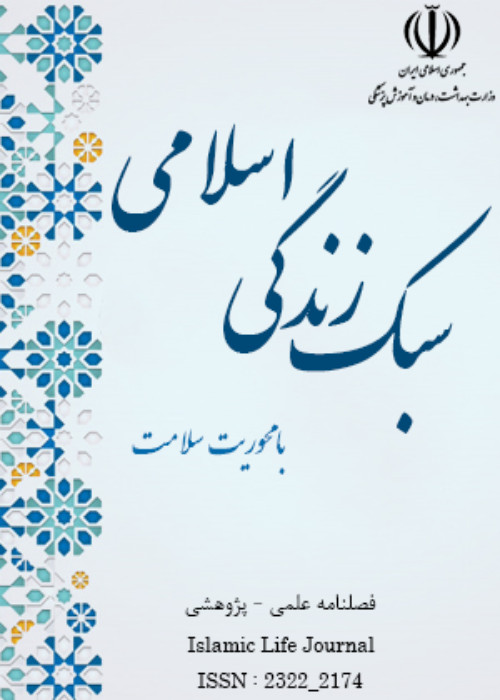Designing and Validating the Model of Family Economics Curriculum for Second Secondary Level in Iran
The present research was conducted in order to design a family economics curriculum model for Iran's second secondary school.
The approach of this research is mixed exploratory (qualitative-quantitative). The research method in the qualitative part is based on the foundational data theory and in the quantitative part, it is a descriptive survey type. The participants of this research include all experts in this field (professors, specialists and experts in the field of educational planning, educational management, educational research, economics). The selection of participants in the qualitative section was done by non-random sampling method and using the snowball technique. The semi-structured interview continued until the theoretical data saturation level and 30 people were interviewed. Strauss and Corbin method and three-stage coding (open, central and selective) were used to analyze the data in the qualitative part. In the quantitative part of the research, a researcher-made questionnaire was used to examine the current and desirable state of the family economics curriculum model. Sampling was done in the quantitative part by a simple random method among specialists and experts (field of educational planning, educational management, educational research, economics, psychology, sociology and accounting) and 118 people were selected as a sample.
Based on the model obtained, the components of family economics education for students include: family education, explanation of individual factors, economic approach of society, explanation of social factors, suitable educational content for better understanding of economic concepts, suitable educational environment, life skills and teaching concepts. They are economical. The findings of the quantitative part of the research using the chi-square test also showed that the components and items extracted in the qualitative part were of medium to high importance and all the sample people had a positive opinion about the model.
They confirmed its coherence and strength and evaluated it as completely consistent with the literature of activities in the education environment.
- حق عضویت دریافتی صرف حمایت از نشریات عضو و نگهداری، تکمیل و توسعه مگیران میشود.
- پرداخت حق اشتراک و دانلود مقالات اجازه بازنشر آن در سایر رسانههای چاپی و دیجیتال را به کاربر نمیدهد.



